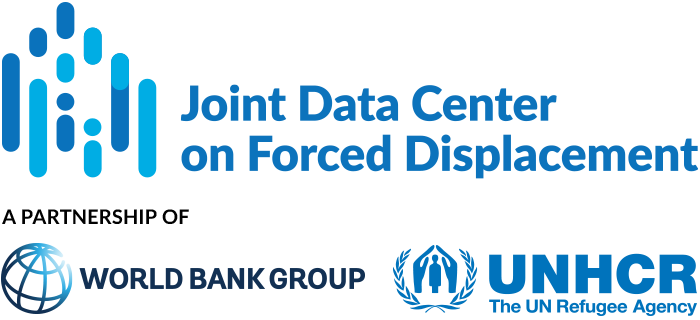This paper examines the effect of Syrian refugees on the educational outcomes of Jordanian students. The focus is on the period after the mass arrival of Syrian refugees in Jordan, which began in early 2013. The government of Jordan allowed most school-age Syrians to attend public schools, resulting in Syrian students comprising approximately 7 percent of the total population in Jordanian public schools.
JDC Literature Review
Syrian refugee women’s negotiation of higher education opportunities in Jordan and Lebanon
This paper examines how gender norms shape young Syrian refugee women’s engagement in higher education in Lebanon and Jordan, and highlights ways in which displacement has contributed to shifting gender norms.
How do policy approaches affect refugee economic outcomes? Insights from studies of Syrian refugees in Jordan and Lebanon
This paper examines how different policy environments in Jordan and Lebanon have shaped economic outcomes for Syrian refugees, with a focus on education, work, social assistance, and welfare outcomes. In Jordan, the population census identified 1.3 million Syrians living in the country, of whom around 650,000 are recorded as registered refugees by UNHCR. In Lebanon, the government estimates that Syrian refugees numbered 1.5 million in 2021, while UNHCR Lebanon reports 850,000 registered Syrian refugees.
Refugee Networks, Cooperation, and Resource Access
This article examines the role of social network structures in refugee community deliberations and problem solving in Lebanon and Jordan. High-density networks can facilitate information flow and in-group sanctioning, thereby encouraging greater engagement toward addressing collective problems. However, less densely networked and more diverse groups can bring a wider range of skills, information, knowledge, and connections that may make them more effective in solving problems.
Do legal restrictions affect refugees’ labor market and education outcomes? Evidence from harmonized data
This paper estimates the impact of refugee policies on labor and education outcomes in developing countries that host refugees.
An Adaptive Targeted Field Experiment: Job Search Assistance for Refugees in Jordan
The Government of Jordan estimates that around 1.3 million Syrian refugees have arrived in the country since the beginning of the Syrian crisis, of whom 660,000 have registered with UNHCR. This paper estimates the effect of a program to assist Syrian refugees and...
Migration shocks and housing: Short-run impact of the Syrian refugee crisis in Jordan
This paper evaluates the impact of inflows of Syrian refugees into Jordan on housing conditions and rental incomes for Jordanian nationals. At the end of 2019, when this paper was written, Jordan hosted 660,000 registered Syrian refugees, 80 percent of whom lived...
When do refugees return home? Evidence from Syrian displacement in Mashreq
This paper analyzes the factors that influenced the early, voluntary, and unassisted return of Syrian refugees from Lebanon, Jordan, and Iraq during a period of active conflict in Syria, between January 2011 and March 2018. The analysis is based on a novel dataset...
Attitudes toward Migrants in a Highly Impacted Economy: Evidence from the Syrian Refugee Crisis in Jordan
Most of the evidence on factors influencing attitudes toward migrants has emerged from research in developed countries (mainly Europe and the United States), which finds: (1) little evidence that egocentric economic concerns about labor market competition drive...
How does poverty differ among refugees? Taking a gender lens to the data on Syrian refugees in Jordan
This paper quantifies differences between male- and female-headed households’ incidence of poverty and identifies some of the demographic characteristics that are linked to greater poverty risk. The analysis is based on microdata on Syrian individuals and households...


